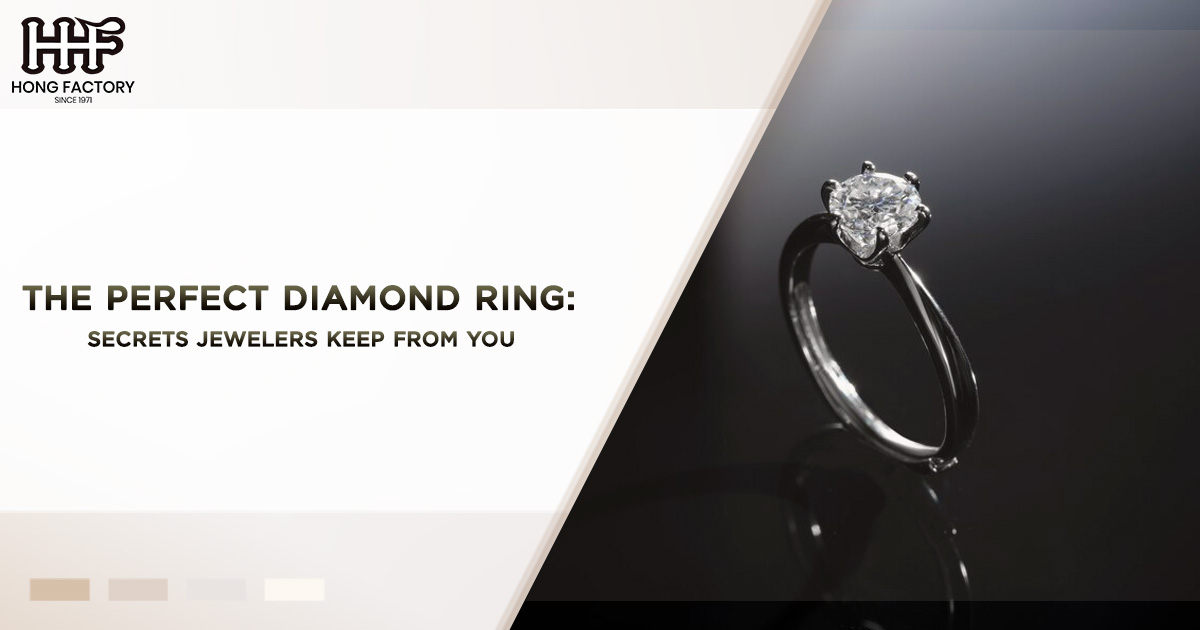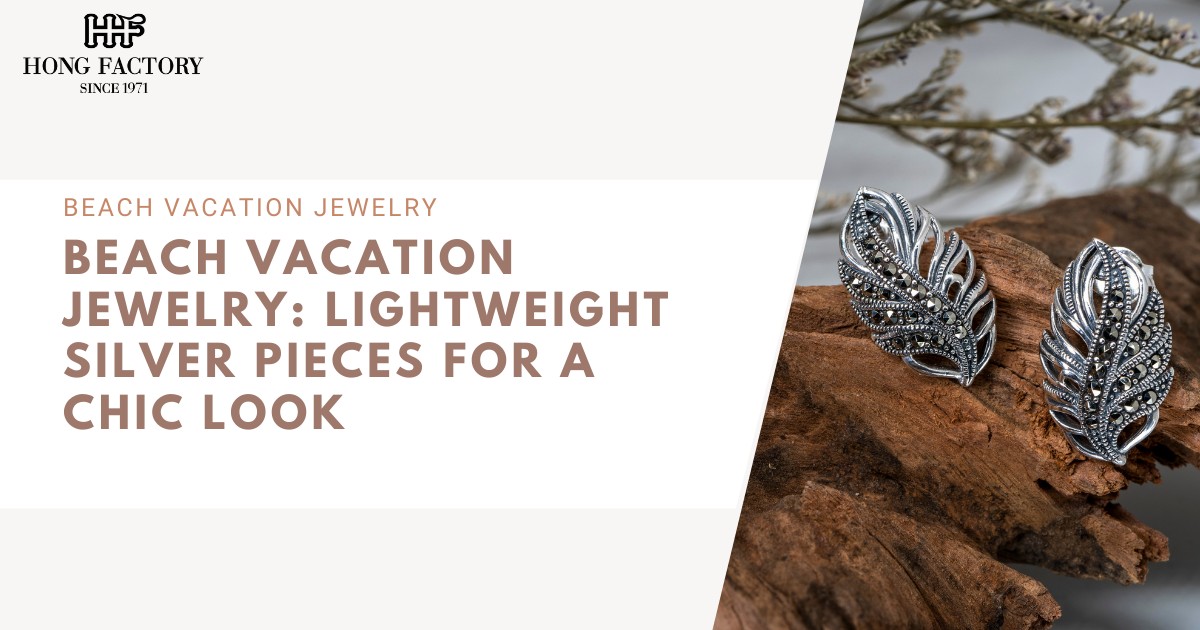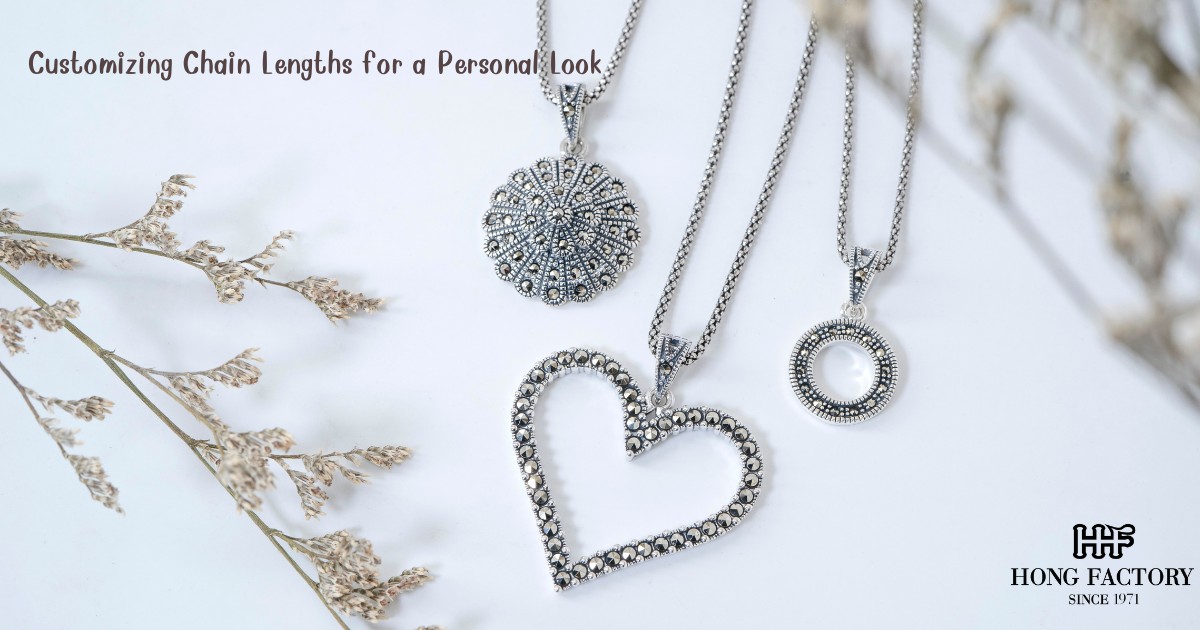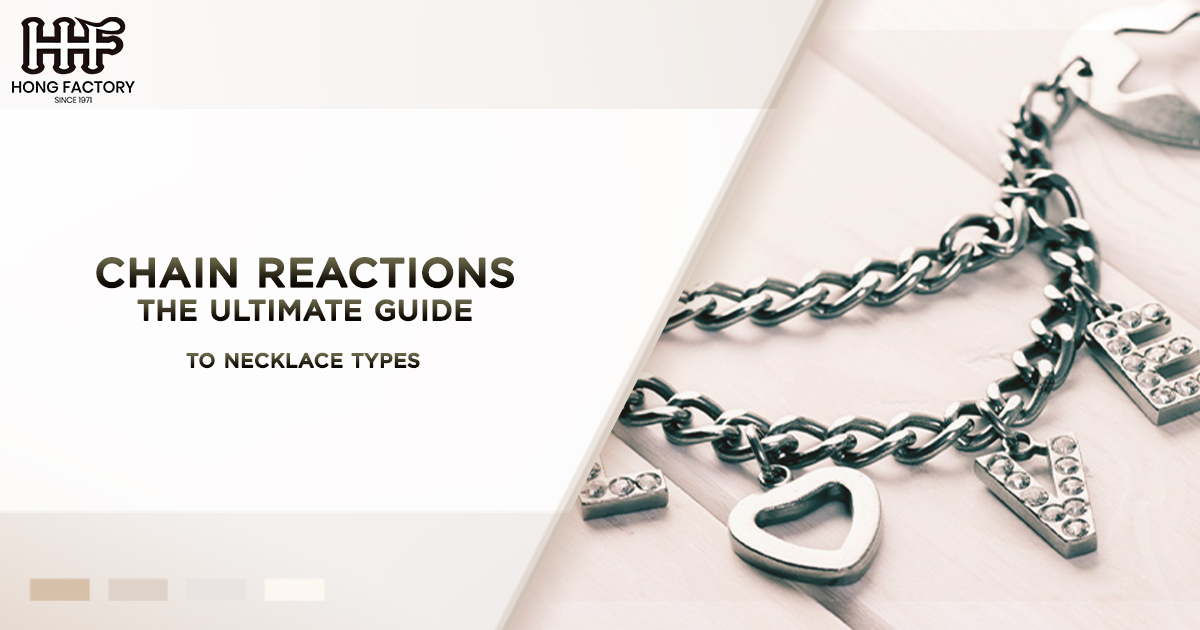A diamond ring is more than just a piece of jewelry; it’s a symbol of love, commitment, and cherished memories. Whether you’re exploring diamond rings for an engagement or simply seeking the perfect piece for a special occasion, the journey can be exciting yet overwhelming. But here’s the truth: there are secrets jewelers may not openly share that can significantly influence how you shop, the quality you get, and the value of your purchase. In this article, we’ll uncover the hidden truths about diamond rings, engagement rings, diamond quality, and ring shopping to help you make an informed decision.
The Allure of Diamond Rings
Diamond rings have long been associated with timeless elegance and romance. Their sparkle and durability make them the ultimate choice for engagement rings, anniversary gifts, and family heirlooms. Yet, the process of choosing the right diamond ring isn’t as straightforward as it seems. The jewelry industry is intricate, with marketing strategies, grading systems, and pricing structures that can be confusing to the average shopper.
Let’s dive into the secrets jewelers often keep and how you can use this knowledge to your advantage.
1. The Four Cs – What Really Matters
The cornerstone of diamond quality lies in the “Four Cs”—Cut, Color, Clarity, and Carat weight. While jewelers discuss these terms frequently, they may not emphasize which aspects are most important for your specific needs.
Cu t : The Sparkle Factor
The cut of a diamond determines its brilliance, or how well it reflects light. Jewelers might try to sell you on carat weight (the size of the diamond), but a smaller diamond with an excellent cut can appear more dazzling than a larger one with a poor cut. Always prioritize cut quality for maximum sparkle.
Color : How White is White ?
Diamonds are graded on a scale from D (colorless) to Z (light yellow or brown). While jewelers may push for higher grades like D or E, you can often save money by choosing a near-colorless diamond (grades G to H) that appears just as stunning to the naked eye.
Clarity : Imperfections You Can’t See
Clarity relates to the internal and external flaws (inclusions and blemishes) of a diamond. Most inclusions are microscopic and invisible without magnification. Opt for a clarity grade like VS2 or SI1, where imperfections are invisible to the naked eye, instead of paying a premium for flawless diamonds.
Carat Weight : Bigger Isn’t Always Better
While carat weight is often seen as the most glamorous aspect, it’s not the only factor to consider. A slightly smaller diamond (e.g., 0.9 carats instead of 1 carat) can save you thousands without a noticeable difference in appearance.
Insider Tip : Jewelers may try to upsell you by emphasizing higher grades across the Four Cs, but focusing on cut quality and balancing the other factors can help you get the best value for your budget.
2. Diamond Certification – Not All Labs Are Equal
When shopping for engagement rings or any diamond jewelry, certification is key. Jewelers often highlight that their diamonds are certified, but not all certifications carry the same weight. The most reputable grading labs include
- GIA (Gemological Institute of America) : Known as the gold standard, GIA certifications are highly accurate and respected worldwide.
- AGS (American Gem Society) : Another reliable lab, AGS is known for its stringent grading, particularly for cut quality.
- Other Labs (EGL, IGI, etc.) : These labs may have looser grading standards, which could result in overgraded diamonds. While diamonds from these labs are often cheaper, they may not be the deal you think they are.
Insider Tip : Always ask for GIA or AGS certification for peace of mind. If a jeweler offers a “great deal” on a diamond with an alternative certification, proceed with caution.
3. The Markup Mystery: What Are You Really Paying For ?

One of the biggest secrets jewelers keep is the markup on diamond rings. Retail jewelers often mark up their diamonds by 100% to 300%. This is standard in the industry, but it means you’re paying significantly more than the diamond’s actual wholesale value.
Online Retailers vs. Brick-and-Mortar Stores
Online retailers like Blue Nile and James Allen often offer better prices because they have lower overhead costs compared to traditional jewelry stores. You can view high-quality diamonds with 360-degree videos and detailed certifications online, giving you more transparency.
Insider Tip : Compare prices across multiple platforms and consider online retailers for better value. Just make sure the diamond is certified by a reputable lab.
4. Hidden Costs in Ring Shopping
When shopping for engagement rings, the diamond isn’t the only cost to consider. Jewelers may not always disclose the full cost of the setting, resizing, or additional services upfront.
- Ring Settings : The setting can dramatically impact the overall price. A simple solitaire setting is more affordable than a halo or pavé setting, which requires additional diamonds and craftsmanship.
- Resizing and Maintenance : Some jewelers offer free resizing and maintenance, while others charge extra. Be sure to ask about these services before finalizing your purchase.
Insider Tip : Budget for the total cost of the ring, including the setting and any future maintenance, to avoid surprises.
5. The Myth of “Perfect” Engagement Rings
The idea of the “perfect” engagement ring is a marketing construct. Jewelers often capitalize on emotions by suggesting you need to spend a specific amount (e.g., the outdated “three months’ salary rule”). The truth is, the perfect ring is one that fits your budget, style, and the preferences of your partner.
- Focus on What Matters : Does your partner prefer a classic solitaire, a vintage-inspired design, or a modern halo setting? Consider their personal style rather than being swayed by trends or sales tactics.
- Custom Designs : If you can’t find the perfect ring, custom designs are an option that many jewelers offer. However, they may not openly advertise this because it can be more time-intensive for them.
6. Beware of “Lab-Grown vs. Natural” Diamond Debates
Lab-grown diamonds are becoming increasingly popular due to their affordability and ethical appeal. However, some jewelers hesitate to promote them because natural diamonds offer higher profit margins.
- Lab-Grown Diamonds : These are chemically and physically identical to natural diamonds but cost up to 30-50% less. They are also eco-friendly and free from the ethical concerns associated with mining.
- Natural Diamonds : While they retain higher resale value and have a romantic allure, they’re significantly more expensive.
Insider Tip : If budget or sustainability is a priority, consider lab-grown diamonds. Just be aware that their resale value is lower than natural diamonds.
7. Negotiation is an Option
Many shoppers don’t realize that diamond prices are often negotiable, especially in brick-and-mortar stores. Jewelers have room to adjust prices, but they won’t offer discounts unless you ask.
- Do Your Research : Compare prices online and use that knowledge to negotiate.
- Look for Promotions : Jewelers often run sales during holidays or engagement seasons, so timing your purchase can lead to significant savings.
8. Trust Your Instincts
Finally, trust yourself during the ring shopping process. If a deal feels too good to be true or a jeweler pressures you into a decision, take a step back. A reputable jeweler will prioritize your satisfaction over making a quick sale.
Conclusion
Shopping for diamond rings and engagement rings doesn’t have to be stressful or confusing. By understanding the secrets behind diamond quality, certifications, and pricing, you can navigate the process with confidence. Remember to prioritize what truly matters to you and your partner, whether that’s maximizing sparkle, staying within budget, or choosing an ethical option like a lab-grown diamond.
The perfect diamond ring isn’t about meeting industry standards or extravagant price tags—it’s about capturing the essence of your love story. Armed with these insider tips, you’re ready to find a ring that’s not just beautiful, but meaningful as well.



